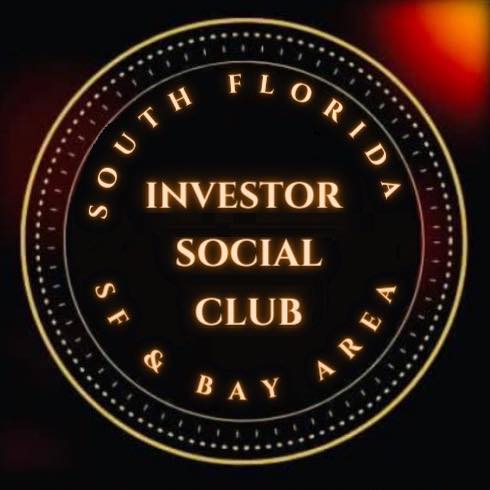Buying bankrupt properties can present unique opportunities for investors to acquire distressed assets at potentially favorable prices, capitalize on market inefficiencies, and unlock value through various strategies. Here’s an in-depth exploration of the opportunities that come with buying bankrupt properties:
Discounted Prices:
Market Distress: Bankrupt properties are often sold under distress circumstances, such as foreclosure, insolvency, or liquidation, which can lead to discounted prices compared to similar properties in the market. Sellers may be motivated to sell quickly to satisfy creditors or liquidate assets, creating opportunities for investors to acquire properties below market value.
Negotiation Leverage: Buyers of bankrupt properties may have greater negotiation leverage in the purchase process, as sellers are often eager to finalize transactions and resolve financial obligations. Investors can leverage their bargaining power to negotiate favorable terms, such as purchase price, closing timeline, and contingencies.
Value-Add Potential:
Property Rehabilitation: Bankrupt properties may require renovation, rehabilitation, or repositioning to maximize their value and appeal to buyers or tenants. Investors with the expertise and resources to undertake property improvements can add value through renovations, upgrades, and strategic enhancements that enhance property aesthetics, functionality, and marketability.
Opportunistic Investments: Bankrupt properties may present opportunities for opportunistic investments, such as adaptive reuse, redevelopment, or repurposing of underutilized assets. Investors can capitalize on changing market dynamics, demographic trends, or zoning changes to reposition properties for higher and better uses, thereby unlocking hidden value.
Diversification and Portfolio Expansion:
Portfolio Diversification: Acquiring bankrupt properties allows investors to diversify their real estate portfolios by adding properties with different asset types, geographic locations, and risk profiles. Diversification helps mitigate risk by spreading exposure across multiple properties and markets, reducing the impact of individual property or market downturns.
Strategic Growth: Investing in bankrupt properties can facilitate strategic growth and expansion initiatives, enabling investors to enter new markets, expand their property portfolios, or gain exposure to specialized asset classes. Bankrupt properties may present unique investment opportunities that align with investors’ long-term growth objectives and investment strategies.
Market Inefficiencies and Mispricing:
Market Dislocation: Bankrupt properties may be subject to market inefficiencies and mispricing, resulting from factors such as distressed selling conditions, limited buyer interest, or lack of market visibility. Investors with the ability to identify undervalued properties and conduct thorough due diligence can capitalize on market dislocations and purchase properties at discounted prices relative to their intrinsic value.
Arbitrage Opportunities: Bankrupt properties may present arbitrage opportunities for investors to capitalize on discrepancies between market prices and intrinsic values. By conducting comprehensive property analysis, assessing market fundamentals, and estimating future cash flows, investors can identify mispriced assets and generate above-average returns through strategic acquisitions.
Risk Management and Mitigation:
Risk Diversification: Bankrupt properties offer investors an opportunity to diversify risk across different asset classes, investment strategies, and market segments. By investing in a mix of distressed and non-distressed properties, investors can mitigate risk and enhance portfolio resilience against adverse market conditions or economic downturns.
Downside Protection: Despite the inherent risks associated with buying bankrupt properties, investors can implement risk management strategies to protect against potential losses and downside risk. Strategies such as thorough due diligence, conservative underwriting, and disciplined investment criteria help investors assess and mitigate risks associated with distressed property acquisitions.
Potential for High Returns:
Value Creation: Bankrupt properties offer the potential for high returns through value creation strategies, such as property repositioning, asset optimization, and operational improvements. By identifying and executing value-add opportunities, investors can enhance property performance, generate rental income, and realize capital appreciation over time.
Market Recovery: Investing in bankrupt properties during periods of market distress or downturns can position investors to benefit from market recovery and upside potential as economic conditions improve. As market fundamentals stabilize, demand for real estate may rebound, leading to higher property valuations and investment returns for savvy investors.
In summary, buying bankrupt properties presents investors with opportunities to acquire distressed assets at discounted prices, add value through strategic improvements, diversify portfolios, capitalize on market inefficiencies, and generate potentially high returns through value creation strategies. By identifying undervalued properties, conducting thorough due diligence, and implementing disciplined investment strategies, investors can unlock value and achieve their financial objectives in the dynamic world of real estate investing.

